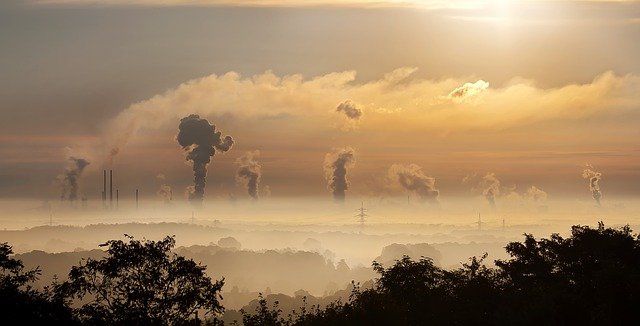INTRODUCTION
Pakistan is a developing country and it’s among the 10 top countries affected by climate change in the world. Climate change is showing its effects on agriculture in the country.
Pakistan has always remained an active participant in international agreements related to the environment/ecosystem. There are several international agreements that have been signed by Pakistan. A list of international environmental agreements signed by Pakistan is given below:
MULTILATERAL ENVIRONMENTAL AGREEMENTS (MEAs) SIGNED BY PAKISTAN
Pakistan has signed and established many Multilateral Environmental Agreements/protocols/conventions. The country must ensure the enactment of treaties that have been ratified.
The international environmental agreements signed by Pakistan have been classified into four vast categories that are climate change, regional seas, chemical and hazardous wastes, forestry/biodiversity.
a) Climate Change
1. United Nations Framework Convention on Climate Change (UNFCCC) 1992
This convention involves stabilizing the concentrations of greenhouse gas to such a level that it would not contribute to climate changes induced by dangerous human activities.
2. Kyoto Protocol to UNFCCC 1997
This protocol involves engaging UNFCCC through pledging developed economies and nations in transition to restrict and minimize the emission of greenhouse gases analogously to agreed individual objectives.
3. Paris Agreement 2016
This agreement involves strengthening the international feedback to the danger of climate change by maintaining the rise in global temperature below 2 degrees Celsius and pursuing attempts to minimize the increase in temperature additionally at 1.5 degrees Celsius.
Also read: Brief History of Environmental Movement and Environmentalism
b) Regional Seas
1. United Nations Convention on the Law of the Sea (UNCLOS) 1982
This convention involves denoting maritime and coastal boundaries, regulating the exploration of seabed without territorial claims, and distributing income from regulated exploration.
You might also like to check out: International and National Environmental Organizations in Pakistan
c) Chemicals and Hazardous Wastes
1. Vienna Convention for the Protection of the Ozone Layer 1985
This convention involves promoting coordination among signatory parties through an exchange of information, research, and systematic observation about the impacts of anthropogenic actives on the ozone layer and adopting judicial measures against human activities causing disastrous impacts on the ozone layer.
2. Rotterdam Convention on Prior Informed Consent (PIC) for certain Hazardous Chemicals and Pesticides in International Trade 1998
This convention involves encouraging mutual responsibility and collective endeavors among signatory Parties in the global trade of the particular hazardous chemicals so as to save humans and the environment from possible harm and contributing to their environmentally friendly use.
3. Basel Convention on the Control of Trans-boundary Movements of Hazardous Wastes and their Disposal 1989
This convention involves protecting the environment and human health against the disastrous impacts of hazardous waste.
4. Montreal Protocol on Substances that deplete the Ozone Layer 1987
This global protocol involves eliminating the generation and utilization of ozone-depleting substances so as save the stratospheric ozone layer from depletion.
5. Stockholm Convention on Persistent Organic pollutants (POPs) 2001
This convention involves limiting the emission of POPs so as to protect the environment and human health from POPs.
6. Minamata Convention on Mercury 2013
This global convention involves protecting the environment and human health from the disastrous impacts of mercury.
Also read: Current Environmental Issues In Pakistan – List With Detail
d) Forestry / Biodiversity
1. Convention on Wetlands of International Importance Especially as Waterfowl Habitat – Ramsar Convention 1971
This convention involves halting global wetland losses and conserving remaining wetlands by adequate management and careful use.
2. Convention on International Trade in Endangered Species of Wild Fauna and Flora (CITES) 1973
This convention involves ensuring global trade in specimens of plants and wildlife without compromising the sustainability of species.
3. Convention on the Conservation of Migratory Species 1979 – Bonn Convention
This convention involves conserving avian, marine, and terrestrial migratory species all-around their existing habitats.
4. Convention on Biological Diversity 1992
This convention involves conserving and sustainably utilizing biological diversity and its constituents. It also includes just and non-discriminatory distribution of benefits developing from using the genetic resources.
5. United Nations Convention to Combat Desertification (UNCCD) 1994
This convention involves combating desertification and mitigating the impacts of drought by reforming national action programmes. Furthermore, these national programmes are based on long-term strategies assisted by global associations and partnership bodies.
Also check out: Environment Discrimination and the Importance of Environmental Justice
I hope you all liked this post! Please comment below if you have any suggestions, comments, or feedback! We at #envpk love hearing from our readers! Thanks!




